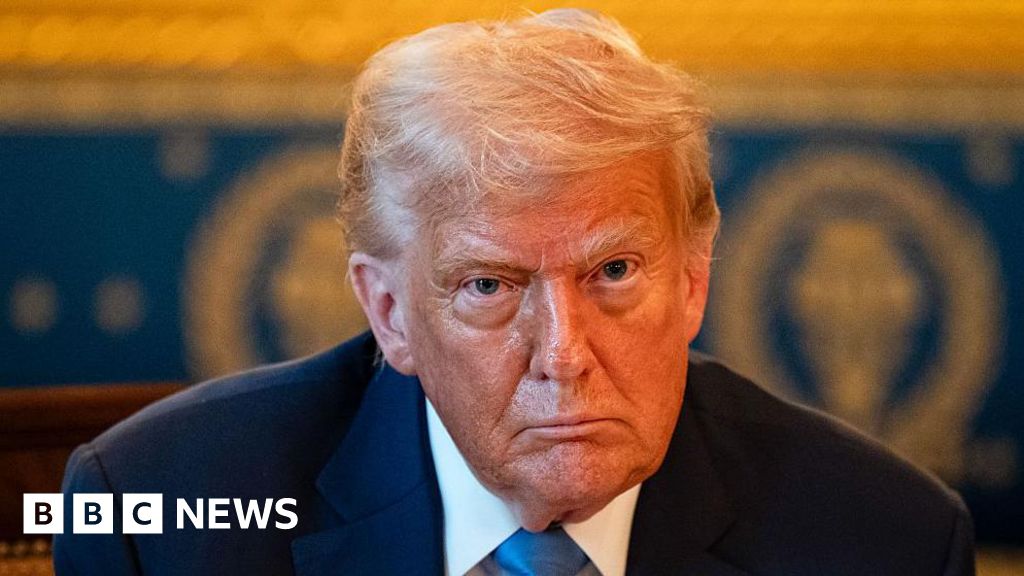
Asia is grappling with the latest salvo in the ongoing trade tensions initiated by US President Donald Trump, who recently extended the deadline for tariff negotiations. This move has left many wondering who stands to gain or lose in this complex economic landscape.
Japanese Prime Minister Shigeru Ishiba has described Trump’s threat of a 25% levy on Japanese goods as “deeply regrettable.” Japan, a long-time ally of the United States, has been striving to avoid such an outcome. Despite numerous rounds of negotiations and frequent visits to Washington by Japan’s trade minister, the efforts seem to have yielded little progress. Trump’s characterization of Tokyo as moving from “tough” to “spoiled” underscores the strained nature of these talks.
This week, Japan joined a list of 22 nations that received tariff letters, with 14 of those countries located in Asia. These nations, many of which are export-driven manufacturing hubs like South Korea and Sri Lanka, have until August 1 to reach an agreement with the US. However, the situation appears daunting, especially considering Japan’s struggles despite its strong alliance with the US.
Negotiators Gain Time
On the surface, the deadline extension offers a reprieve for the countries targeted by Trump’s tariffs, granting them additional weeks to negotiate deals. “The optimistic case is that there is pressure now to engage in further negotiations before the August 1 deadline,” said Suan Teck Kin, head of research at United Overseas Bank.
Growing economies such as Thailand and Malaysia, which received tariff letters this week, are particularly eager to find a solution. These nations are caught in the crossfire of US-China tensions, as Washington targets Chinese exports rerouted through third countries, known as transhipped goods. Economists suggest that further extensions are likely due to the complexity of trade agreements.
“Countries will need time to implement Trump’s demands, which, going by the letters, are not entirely clear,” noted Alex Capri, a business lecturer at the National University of Singapore.
For instance, Vietnam’s trade deal with the US includes specific levies on transhipped goods, but it remains unclear whether this applies to finished goods or all imported components. This ambiguity necessitates sophisticated technology to track supply chains, according to Capri.
Impact on Asian Manufacturers
The persistence of tariffs suggests that global trade is the ultimate loser. Companies from the US, Europe, and China with global operations face significant risks, as noted by Capri. This situation adversely affects not only exporters but also US importers and consumers. It poses a challenge to the economic ambitions of many Asian countries, which have thrived on manufacturing sectors ranging from electronics to textiles.
Vietnam and Cambodia, both heavily reliant on exports, have been negotiating deals amid threats of high tariffs. Vietnam, despite being the first in Asia to strike a deal, faces levies up to 40%. Cambodia, a poorer nation, is grappling with the prospect of 35% tariffs. In contrast, wealthier countries like South Korea and Japan may have more leverage to withstand pressure due to their economic strength and geopolitical influence.
Strained US-Japan Alliance
The US-Japan relationship, despite its close economic and military ties, is under strain. “Despite its close economic and military relationship with the US, Japan is being treated the same as other Asian trade partners,” said economist Jesper Koll. This treatment could reshape the alliance, especially as Japan, with its substantial financial reserves, appears ready for a prolonged negotiation process.
Japan’s refusal to purchase US rice, despite a domestic shortage, and its resistance to increasing military spending, reflect its determination to protect its interests. Tokyo’s swift response to the tariff announcement in April, including declaring an economic emergency and establishing consultation centers for affected companies, highlights its preparedness.
“Japan will be seeking a deal that is credible,” Koll emphasized, noting the uncertainty surrounding Trump’s future decisions.
With Japan’s upper-house election approaching, a deal by August seems unlikely. However, Koll believes that while the situation is challenging, it is unlikely to trigger a recession in Japan.
Looking Ahead: US or China?
The ongoing trade tensions between the US and China continue to cast a shadow over global markets. While the immediate focus is on the negotiations with Asian countries, the broader implications of these tariffs remain significant. As the deadline approaches, the world watches to see how these complex trade dynamics will unfold and what impact they will have on international relations and economic stability.







